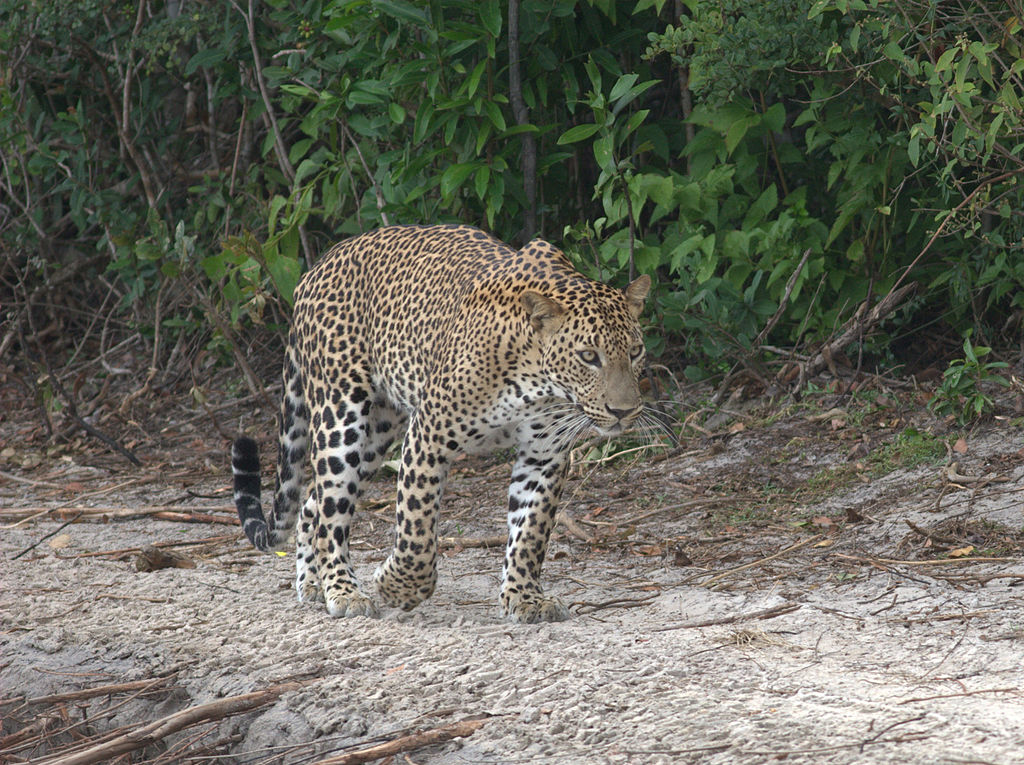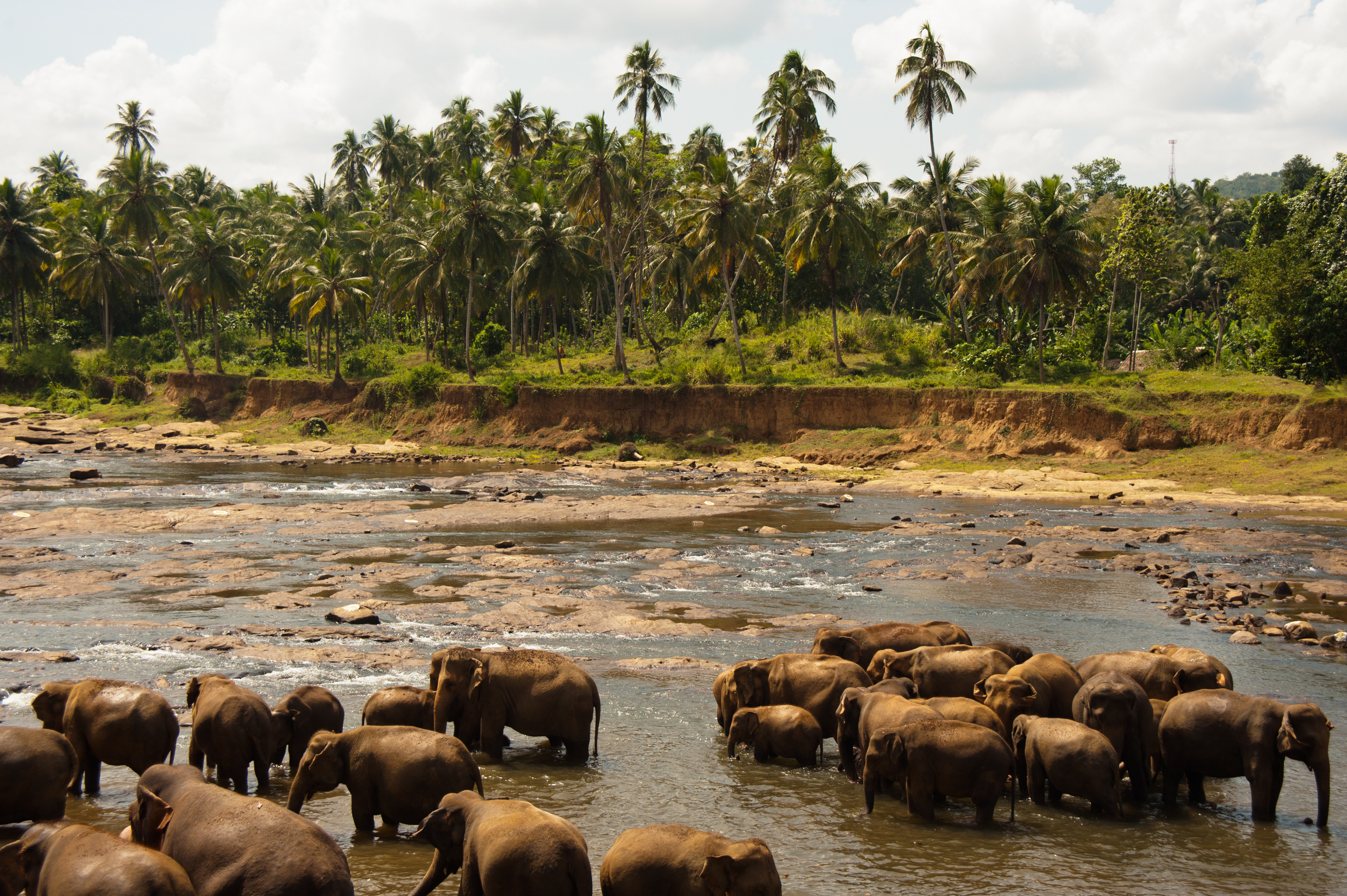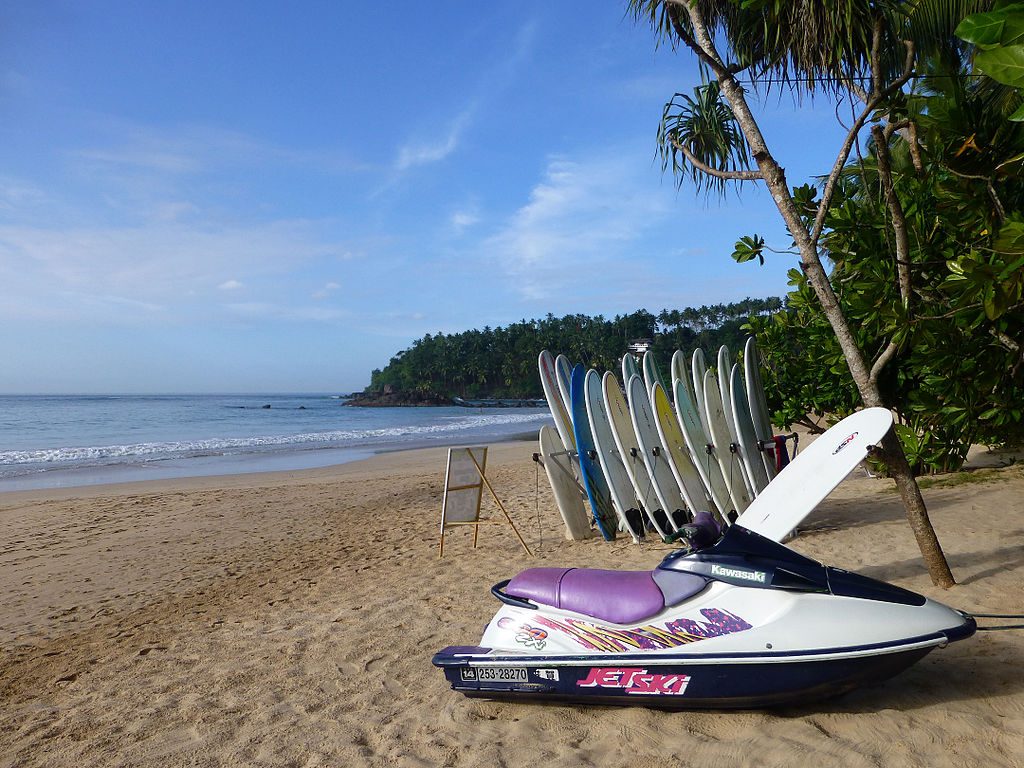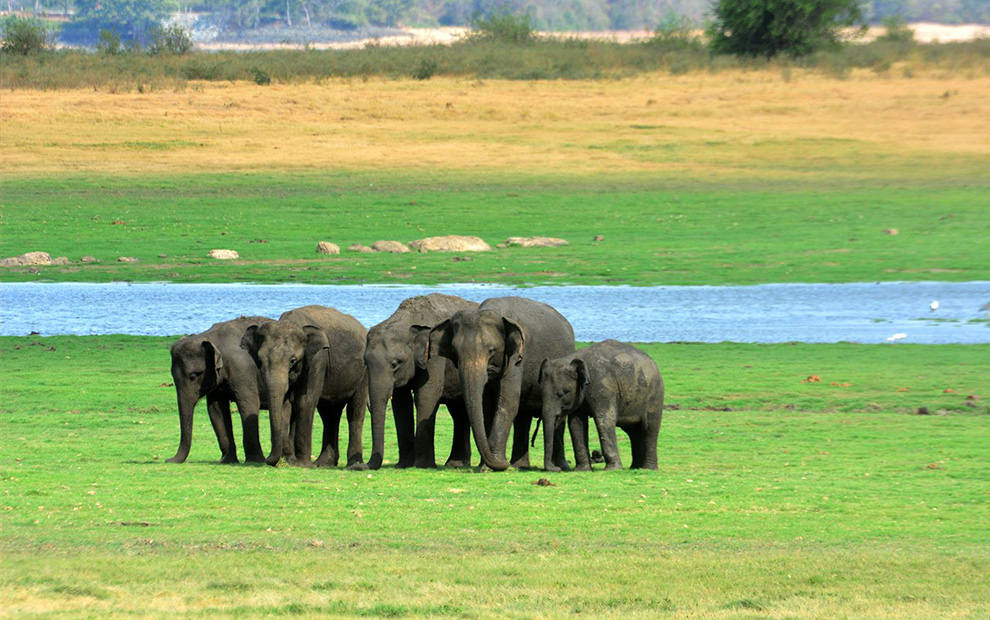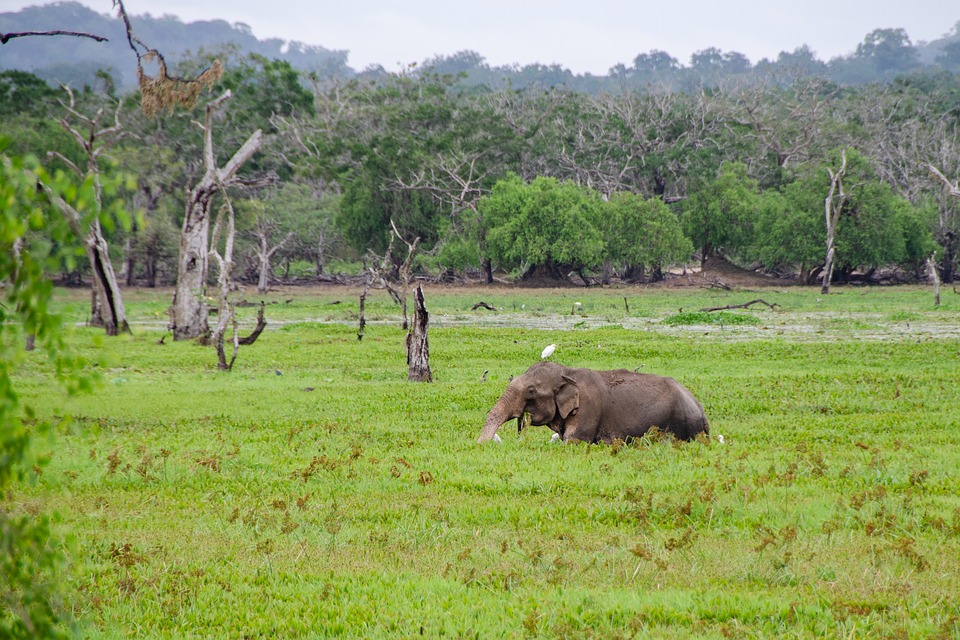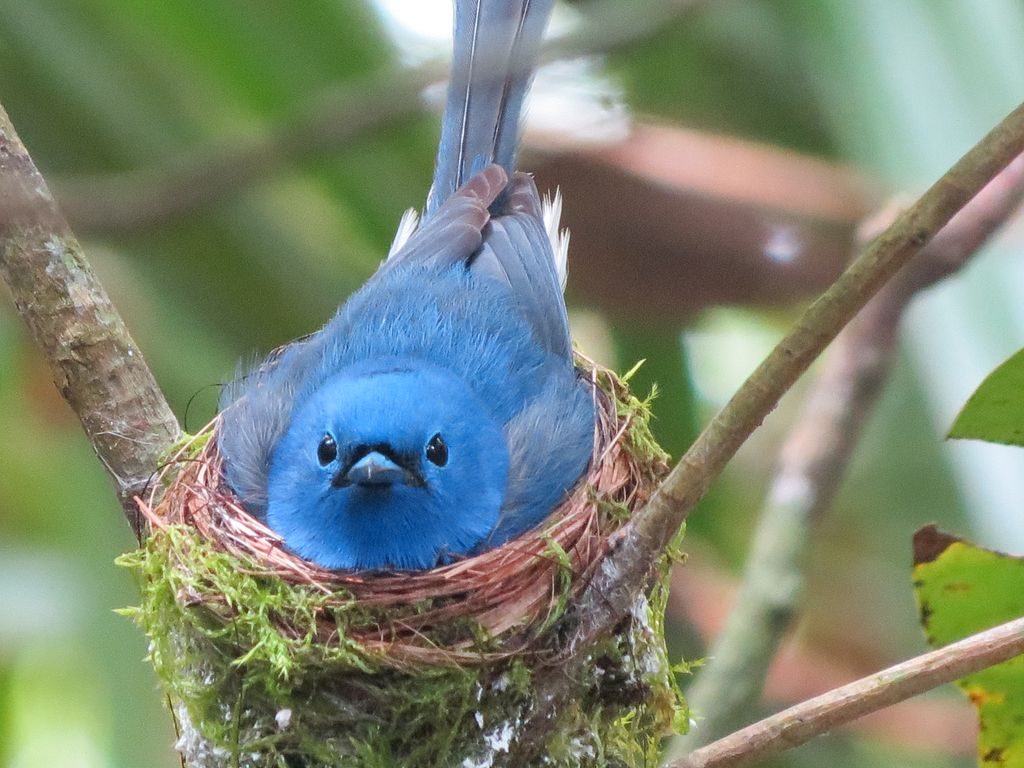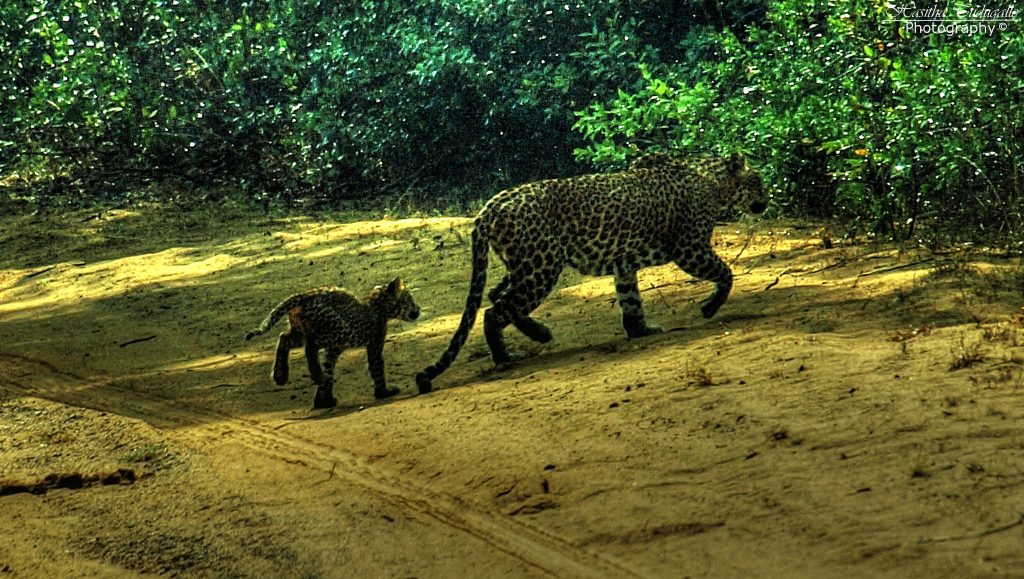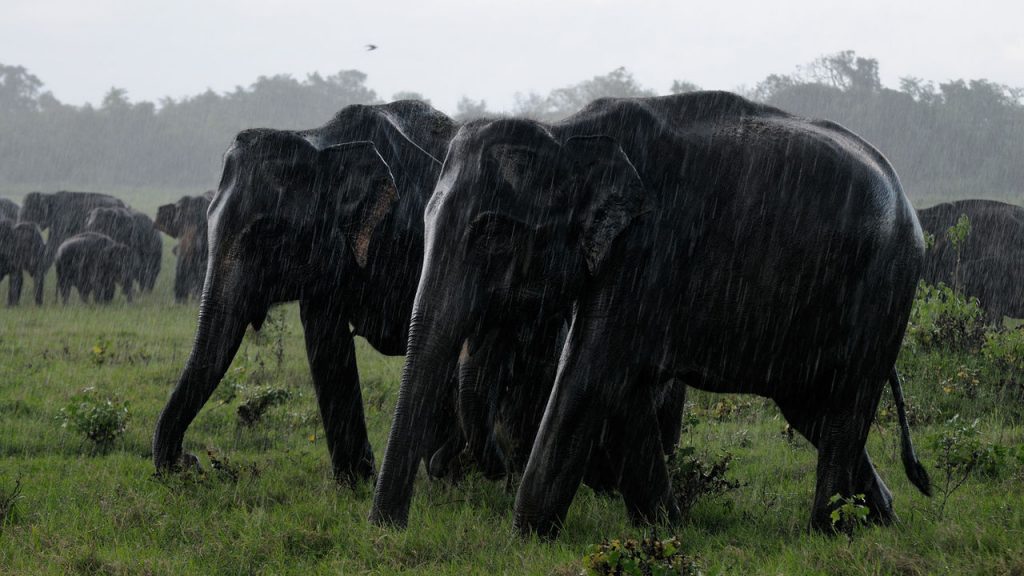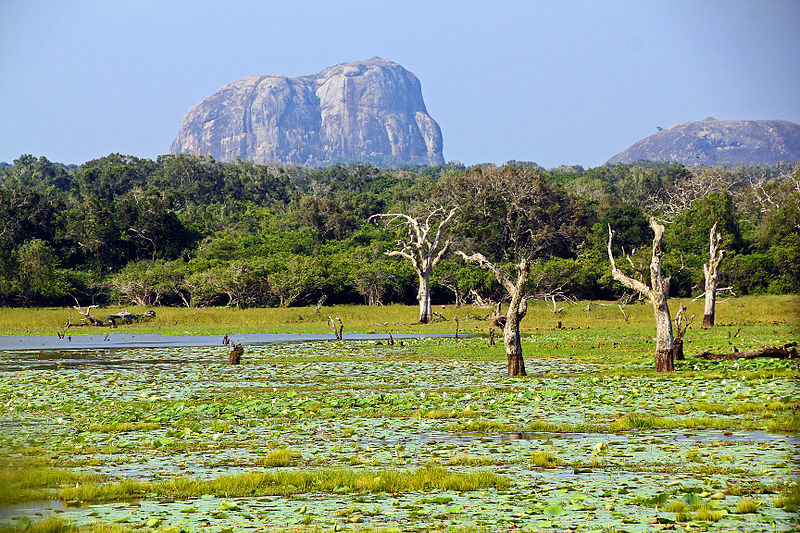Does your idea of an exciting holiday include the chance to encounter everything from stealthy leopards to regal elephants? If so, you will love a safari at Wilpattu National Park in Sri Lanka!
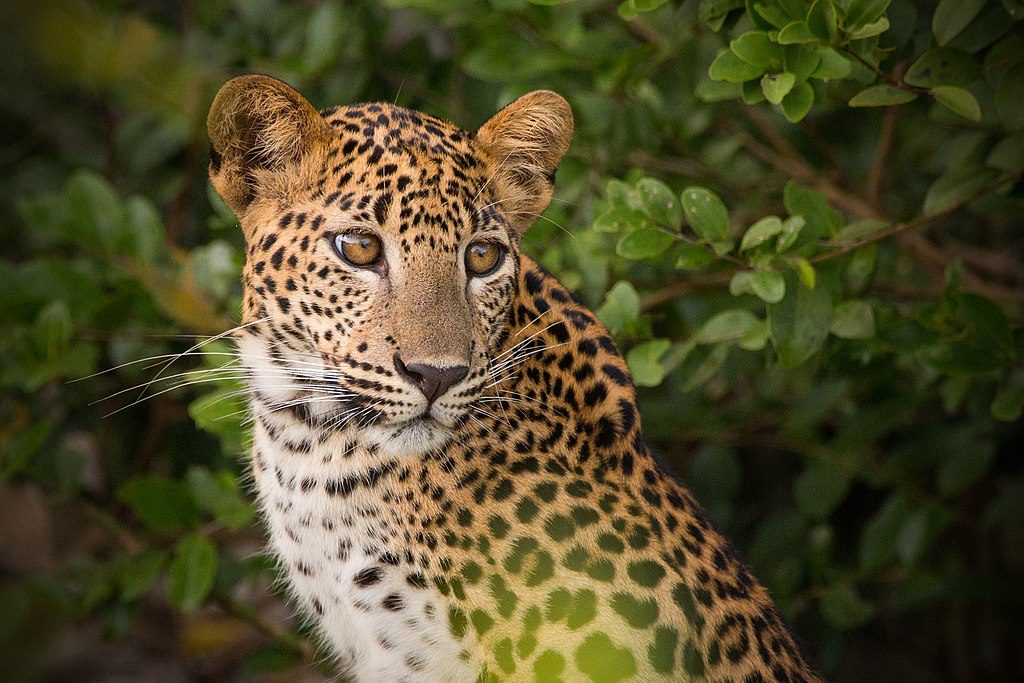
Getting There
The country’s largest national park, Wilpattu can be found on the northwest coast and is one of the best places for a wildlife safari in Sri Lanka. It is around 188 km from Colombo and 30 km from the town of Puttalam. The best times for a safari are generally in the mornings (6 am to 10 am) and evenings (3 pm to 6 pm).
Two of Wilpattu’s “Stars”
While on a safari, organised by travel specialists the likes of Nature Odyssey, keep your eyes peeled to spot two of Wilpattu’s most famous residents; the somewhat ponderous Sri Lankan sloth bear and the majestic Sri Lankan leopard! Seeing these creatures in the wild is truly unforgettable.
Not Just the “Supporting Cast”
Of course, it would be wrong to say that these are the only animals of significance you can spot here. On your safari, you may see cautious spotted deer, sunbathing mugger crocodiles, playful purple-faced langurs, unhurried pond turtles, unperturbed monitor lizards and not forgetting wise-old elephants!
Feathered Friends
The Wilpattu National Park features many lakes which attract a large number of birds too. Bird lovers have the chance to see wetland species such as whistling teals, purple herons and large white egrets. Endemic birds including the Sri Lankan junglefowl, Ceylon lorikeet and the red-backed woodpecker are also a part of the colourful avifauna here.
Intrigued by history, art and food, Lavinia Woolf is a writer who is passionate about the extraordinary and writes of the exhilarating and enchanting. Google+


